Delivery Driver Dies After Being Pinned Between Truck And Gate At City College
San Francisco Police Department personnel rendered aid, but the man was declared dead at the scene.
The volunteers behind Lakeview Nature Stewards want to keep the half-acre green space invasive-plant-free to usher in the return of a long-gone bird.

Cathy Lewis swung a pickaxe into the roots of an invasive wild radish. A few yards away, Wesley Saunders cleared the brush from native purple needle grass, his hands resting on the garden knife and shears sheathed to his belt.
“Where we're standing is how San Francisco would have looked in the time of Christ,” Saunders said, looking out across the panoramic views of the city from the Ingleside perch.
Lewis, 67, a retired nurse from the UC San Francisco Medical Center, and Saunders, 61, a gardener for the San Francisco Recreation and Parks Department, have been working elbow to elbow at the Lakeview Ashton Mini Park for four years.
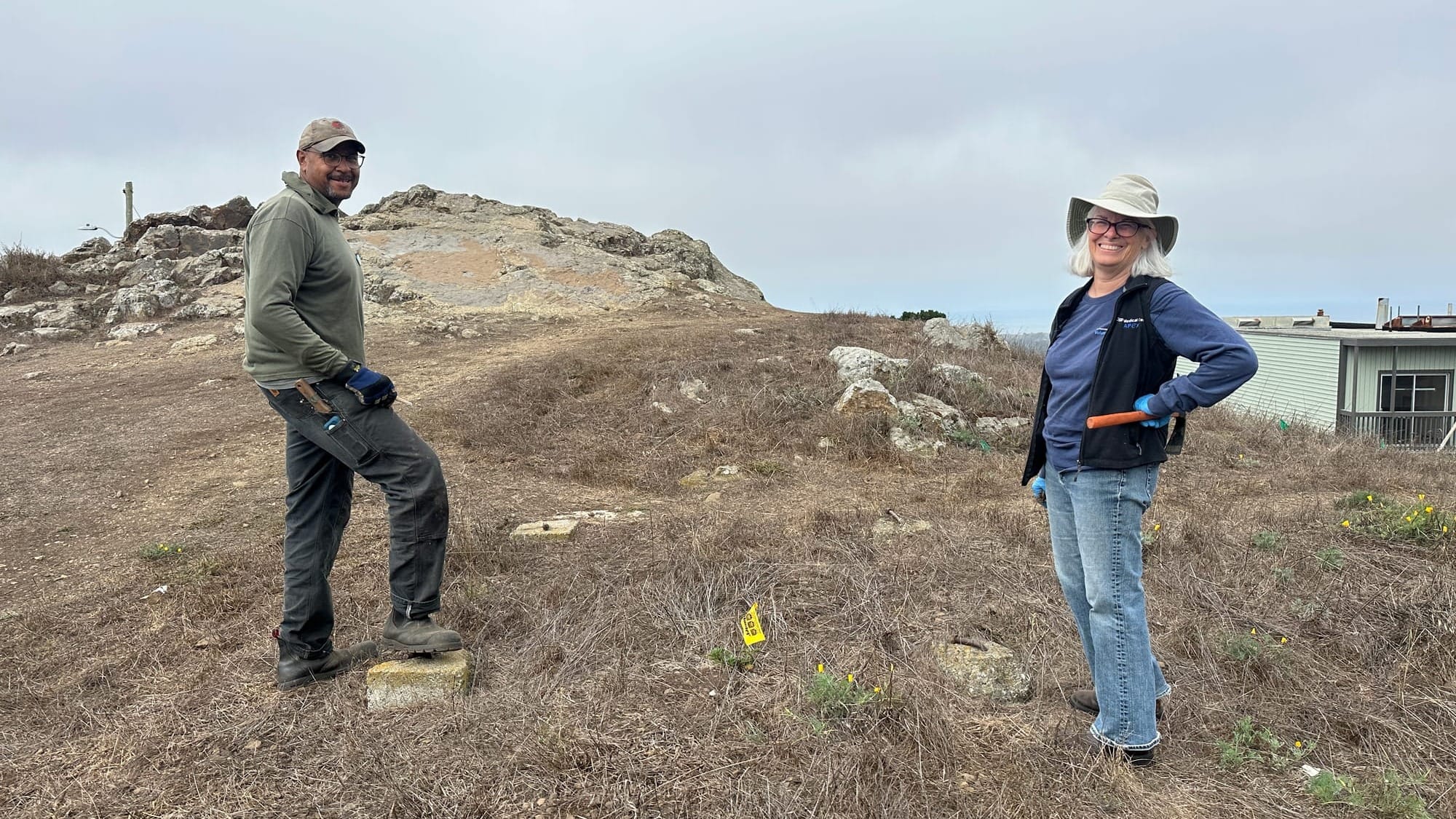
They’re the guardians of the half-acre park, known to locals as the rocky outcrop. Both live nearby on Lakeview Avenue and, as a result of their collaboration, they have dubbed themselves the Lakeview Nature Stewards.
Once every three months, they lead volunteers in rooting out invasive plants and picking up litter. They’ve been doing it for the past four years. Their stewardship is not without goals, with the vision of restoring native wildlife, namely the California Quail, which once populated the peninsula.
“This is such a beautiful area, and we both love native plants, so we really want to protect it,” Lewis said.
The mini park is unlike any other in San Francisco: The natural lithic terrain, characteristic of the city’s primeval past, supports native plants by allowing their deep roots to reach through the cracks in the rocks for moisture and nutrients.
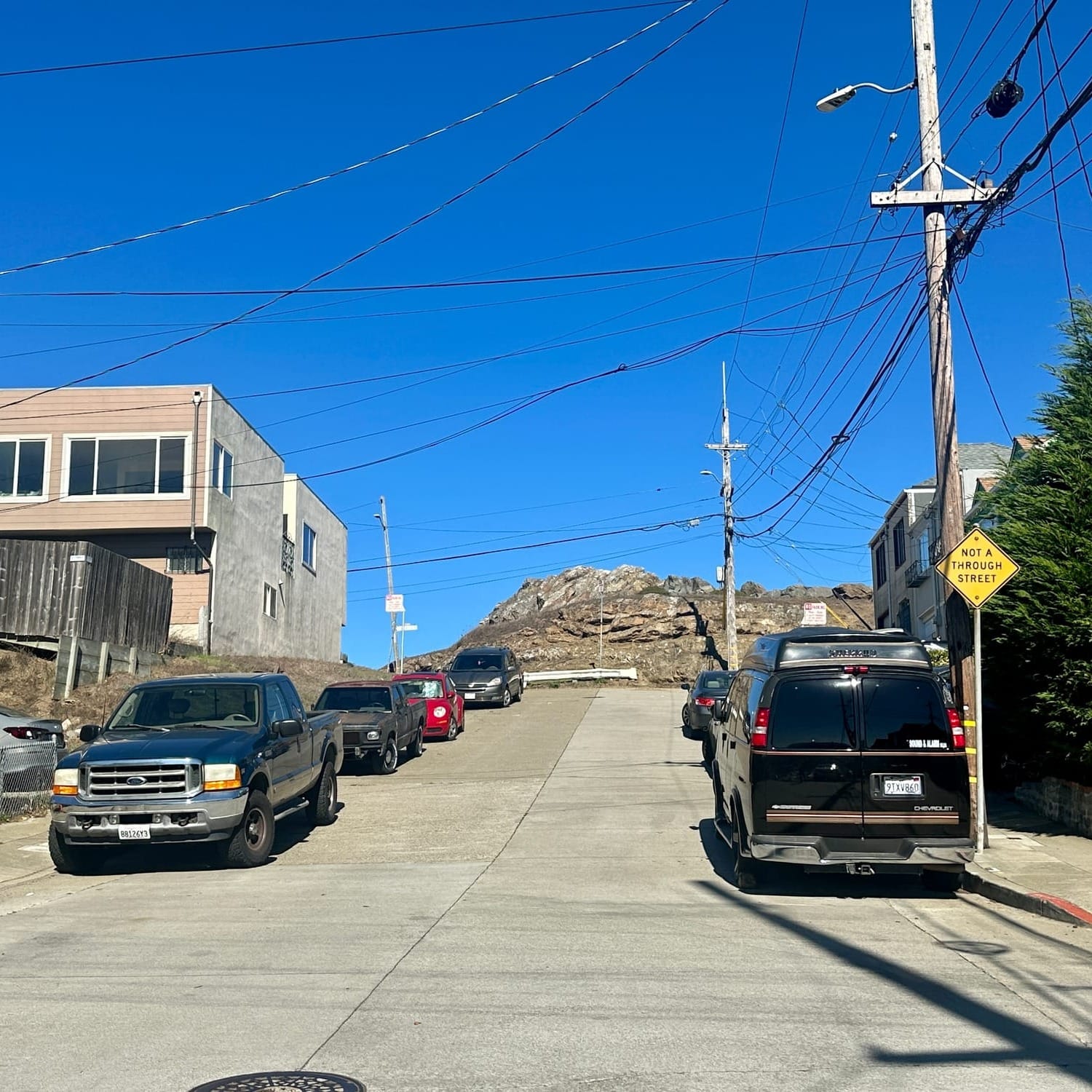
Yet invasive plants, such as the yellow oxalis flower, still overwhelm the natives.
“Sometimes it feels hopeless, but really it's a never-ending battle,” Lewis said, as she searched for more weeds.
Long before cable cars rattled up the city's hills, or even the Ohlone tribe inhabited the land, the peninsula was an expanse of rocky grasslands. The mini park is virtually identical to the way things were.
The Lakeview-Ashton Mini Park is one of 31 Significant Natural Resource Areas, designated by RPD as part of a program established to preserve and help restore natural areas such as Lake Merced and Twin Peaks.
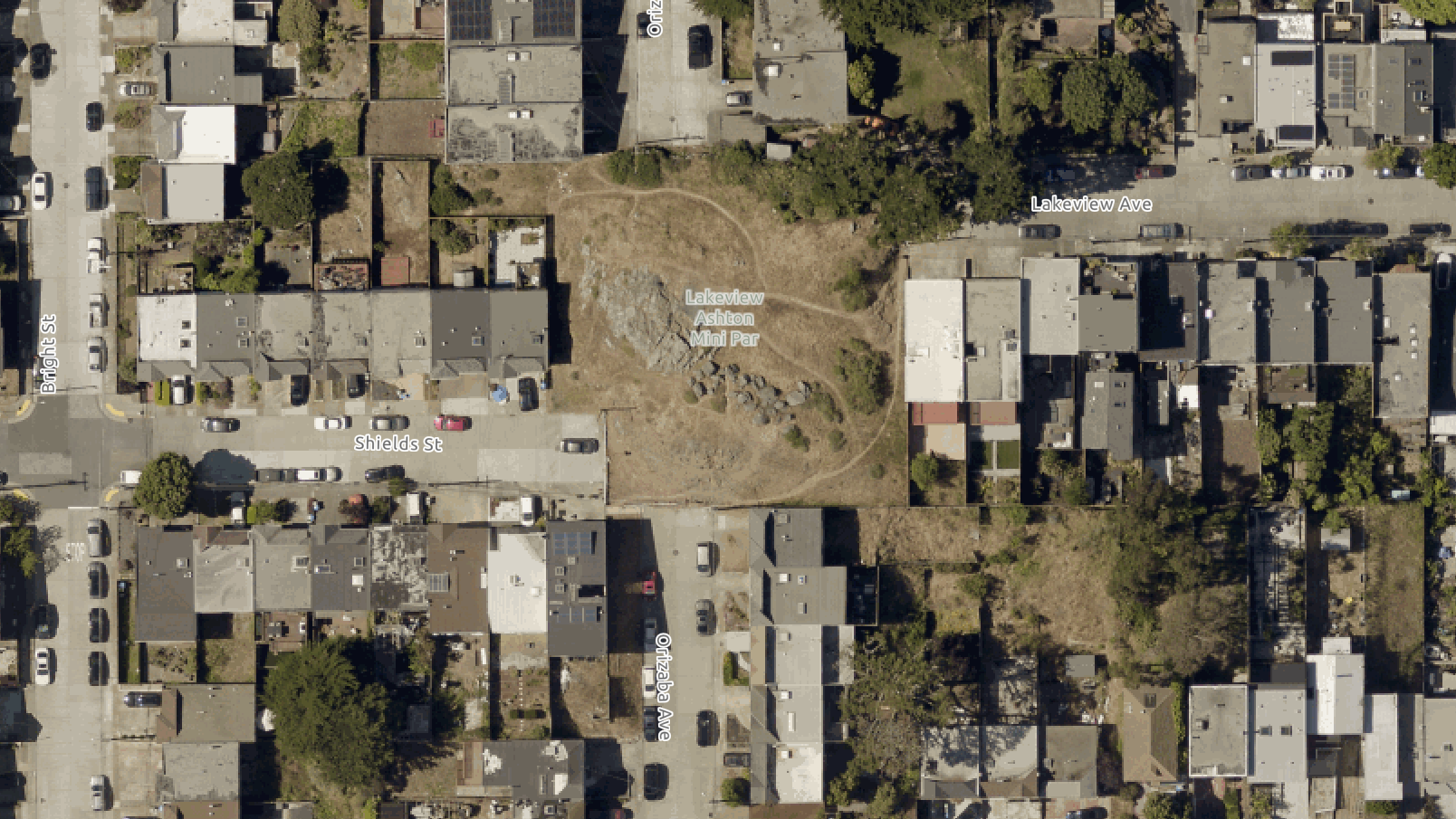
We Are OMI, a group that cares for the local parks and green spaces in the Ocean View-Merced Heights-Ingleside neighborhood, partners with the stewards to promote work sessions.
We Are OMI co-founder Johanna Lopez Miyaki said that if it weren’t for the support of the Lakeview Nature Stewards, the Lakeview-Ashton Mini Park would be in a far worse state.
“We try to rotate through the parks doing a volunteer cleanup every month, and it’s nice because they lead their own, and we can just show up and be a part of it,” Lopez Miyaki said. “They're a little more specialized because they're working with native plants.”
The park is often a late-night hangout. After a holiday weekend, there will be smashed beer bottles, discarded cigarette butts and graffiti. Sometimes shards of glass have to be hauled out in bucketloads. Lopez Miyaki said she regularly assigns the less experienced volunteers to trash collection.
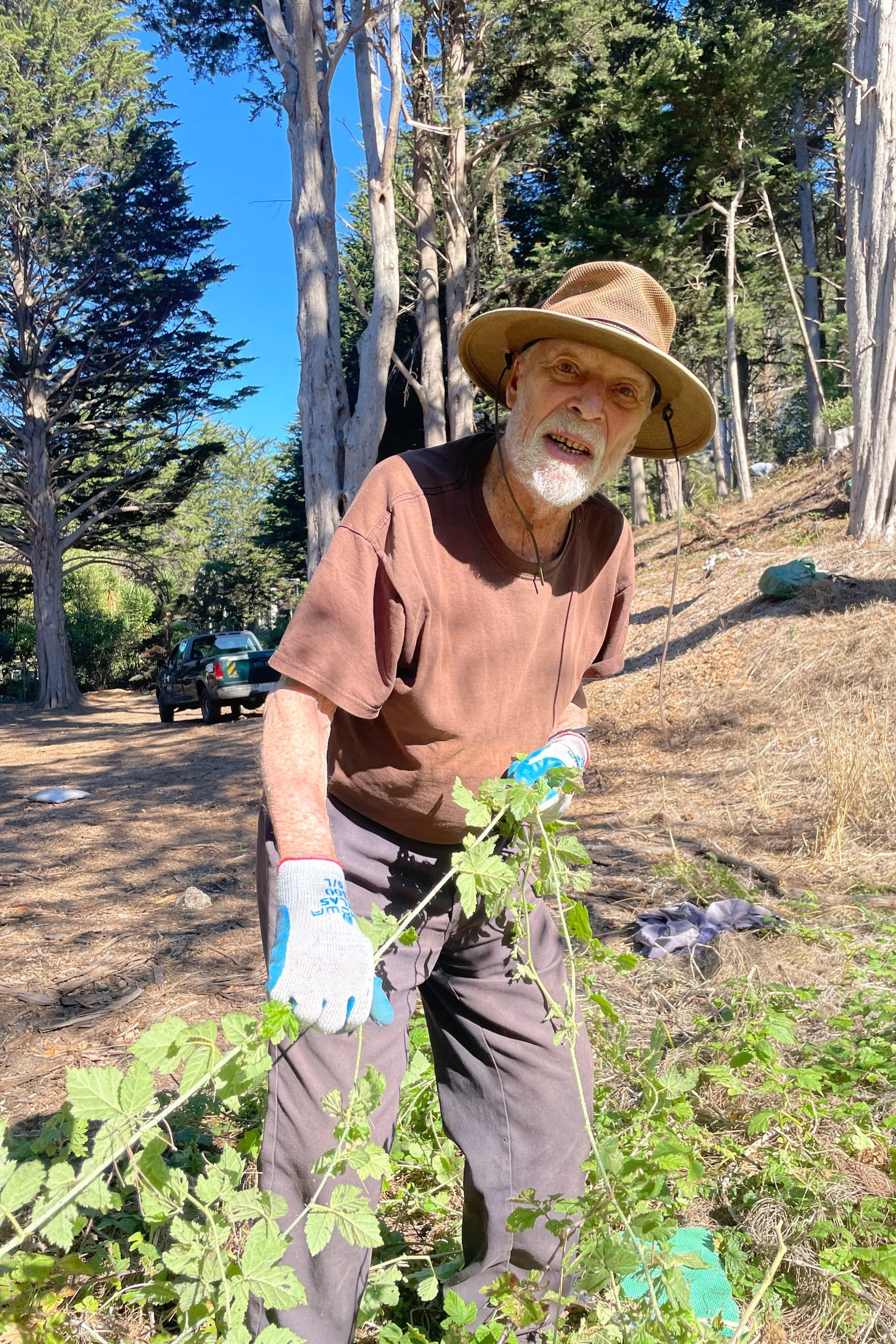
Jake Sigg, 98, said his advocacy in the early ‘90s helped lead to the creation of the Natural Resource Areas. A retired RPD gardener and devoted naturalist, Sigg spent 15 years weeding the park and nearby Brooks Park by himself.
Sigg described the mini park as a complex grassland, advising any volunteers to steer clear of planting, even natives, on the western slope of the hill to avoid disturbing the soil.
“When I look back at what I was doing 30 years ago, there just wasn't enough of me,” Sigg said, adding that he is glad to see Saunders and Lewis' dedication to preserving the park.
Local naturalists often complain about RPD assigning too few staff to the natural areas because of the work required to manage them.
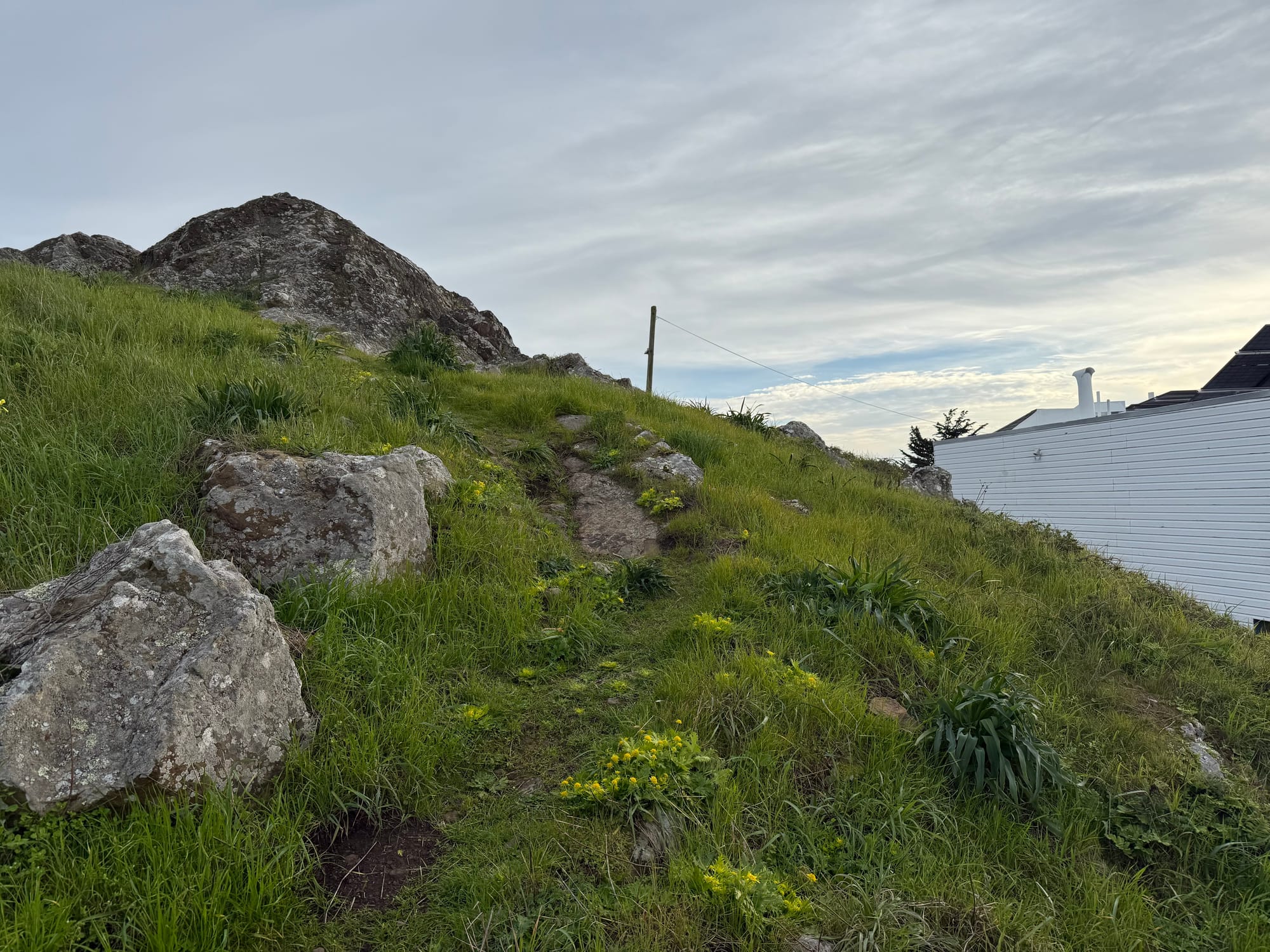
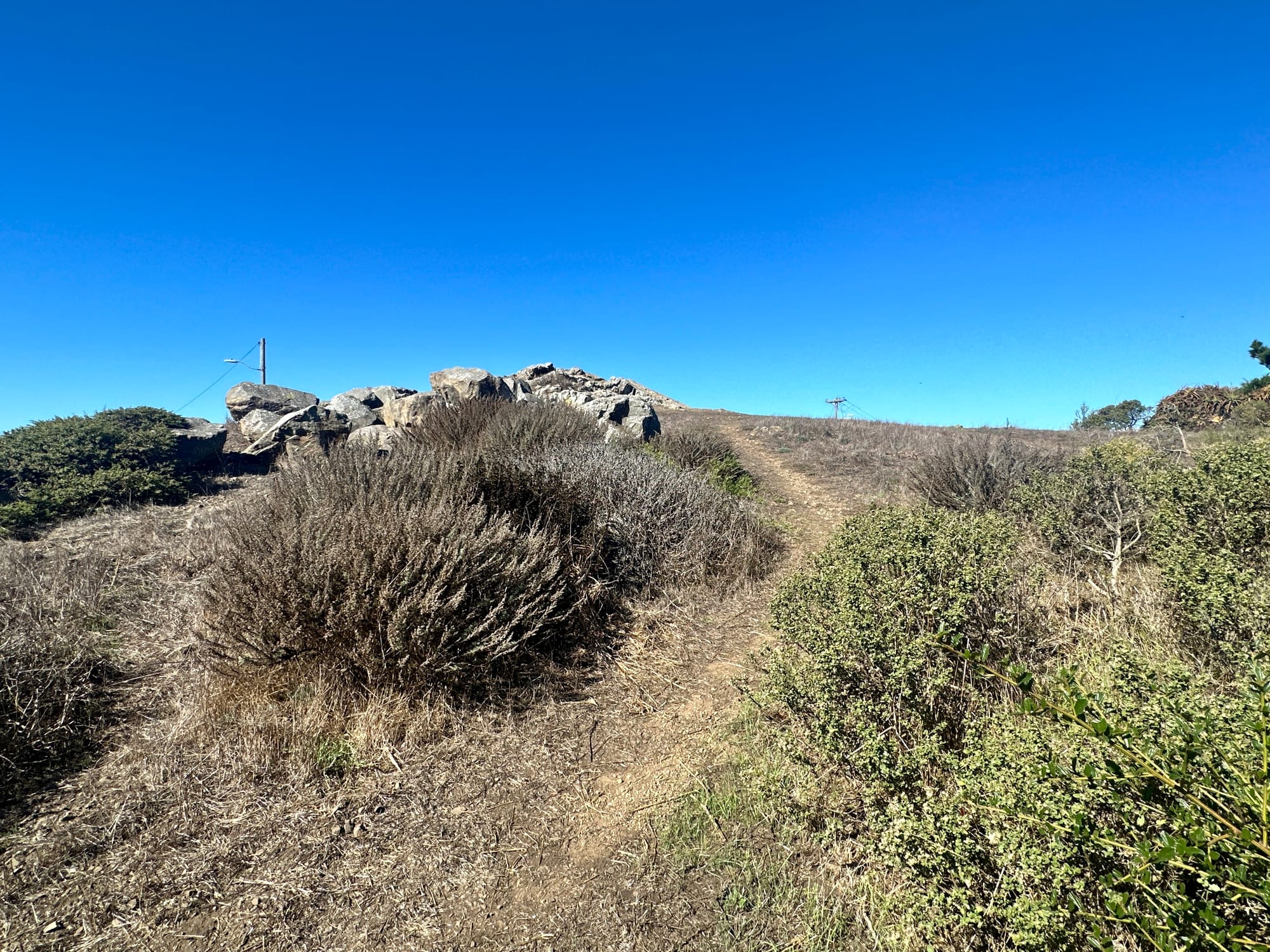
Lakeview-Ashton Mini Park in the spring and fall. | Wesley Saunders and John R. Adkins/Ingleside Light
RPD doesn't agree with the assessment.
“Our Natural Resources and Volunteer divisions regularly collaborate with neighbors and community members on restoration projects,” RPD spokesperson Daniel Montes said in a statement. “These efforts depend on community interest and participation.”
Aside from the quarterly work sessions, Lewis and Saunders make frequent stops at the park, doing what they can in their spare time, and have worked alongside Sigg, whom they consider the father of the native plant movement in San Francisco.
“Long term, this work is paying dividends,” Saunders said. “There’s a relationship between here and Brooks Park, and now we’re seeing a lot more birds at Brooks Park.”
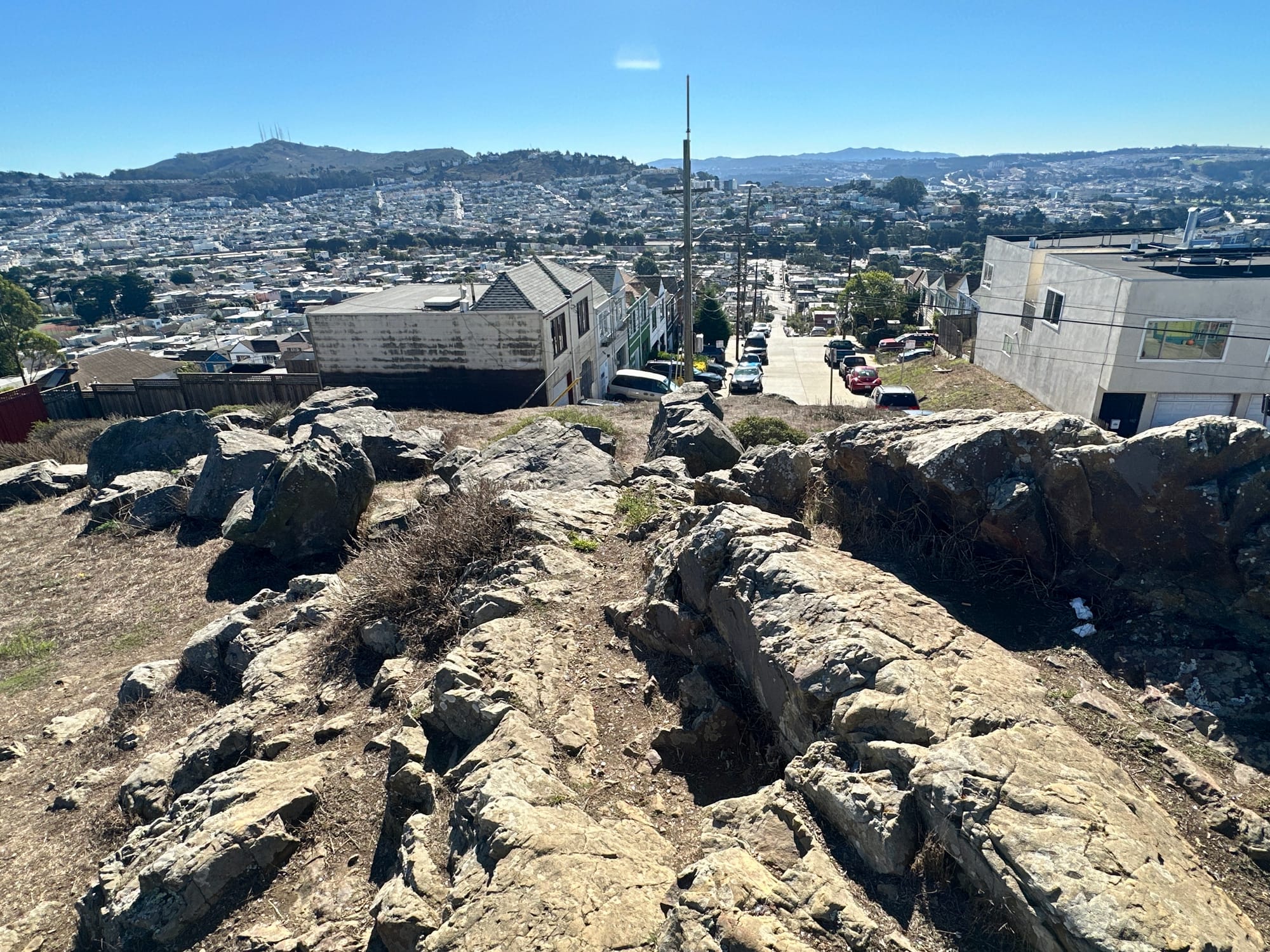
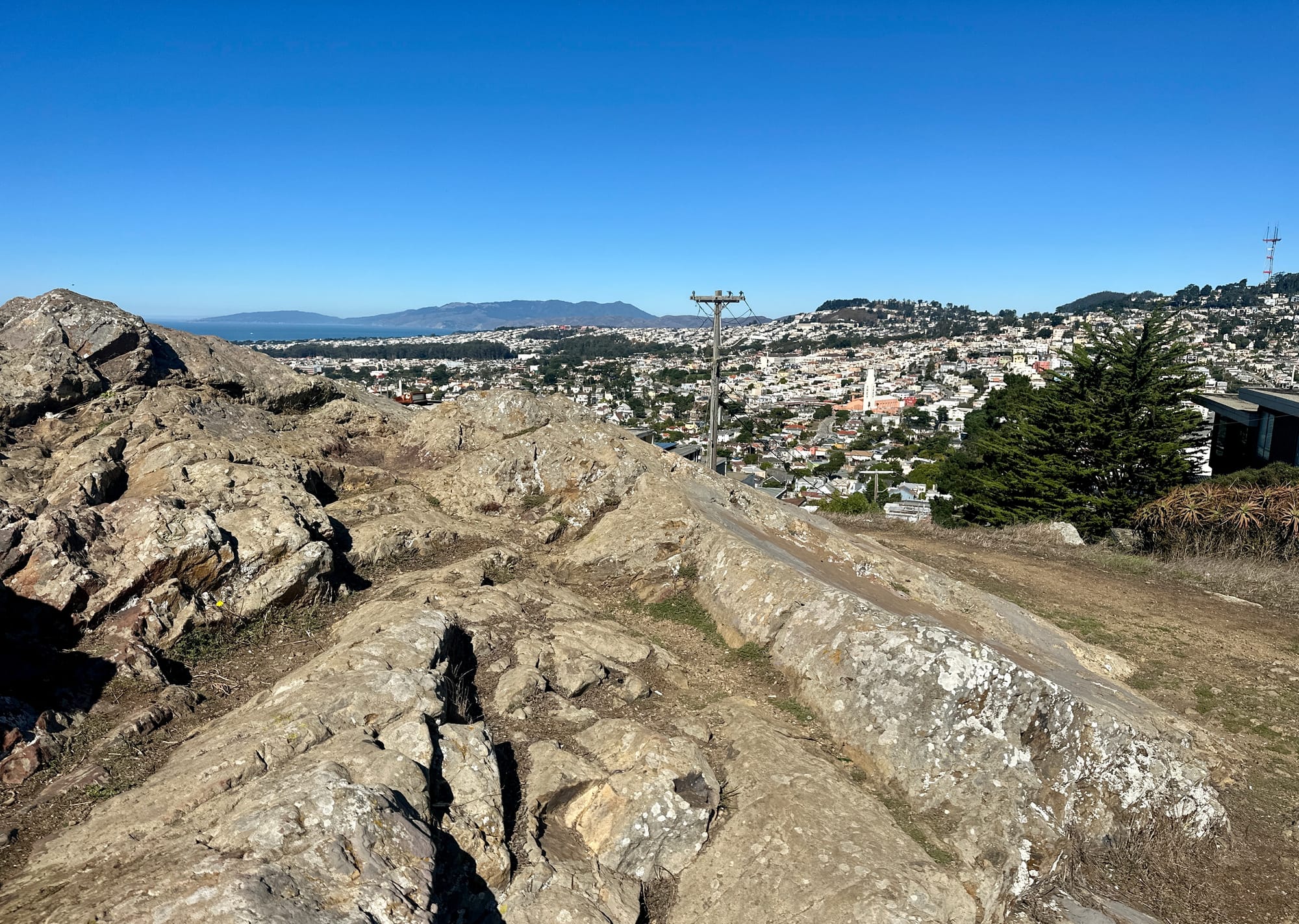
North and south views from the rocky outcrop. | John R. Adkins/Ingleside Light
“Stewarding that space is one of the ways that you bring neighbors together,” Lopez Miyaki said. “It goes beyond just taking care of the green space; you also give people a sense of pride in wanting to take care of their own neighborhood and improve their surroundings.”
Although they may still be waiting on their California Quail, the stewards are bringing life back to Ingleside, one native plant at a time.
The Lakeview Nature Stewards’ next volunteer work party will be held on Dec. 13 from 9:30 a.m. to noon.
We deliver neighborhood news, events and more every Thursday.